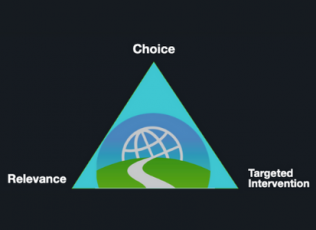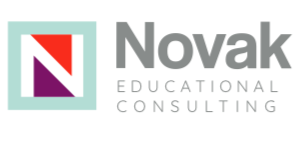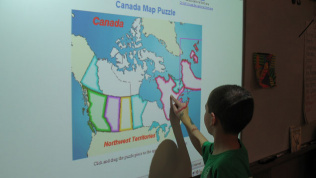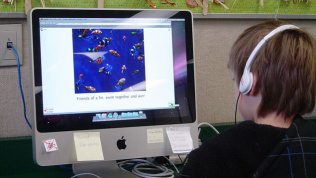
Learner Preference as a Pathway to Inclusion
This session examines student usage of alternative formats generated through machine learning inside the Learning Management System (2+ Million downloads), and how access to multiple formats helps foster a more inclusive learning environment for all students, regardless of need, ability, and device.
Session Video Recording
Slide Deck
Interactive Notes Document
Share this resource:
Posted date:
November 30, 2020





